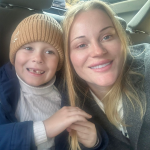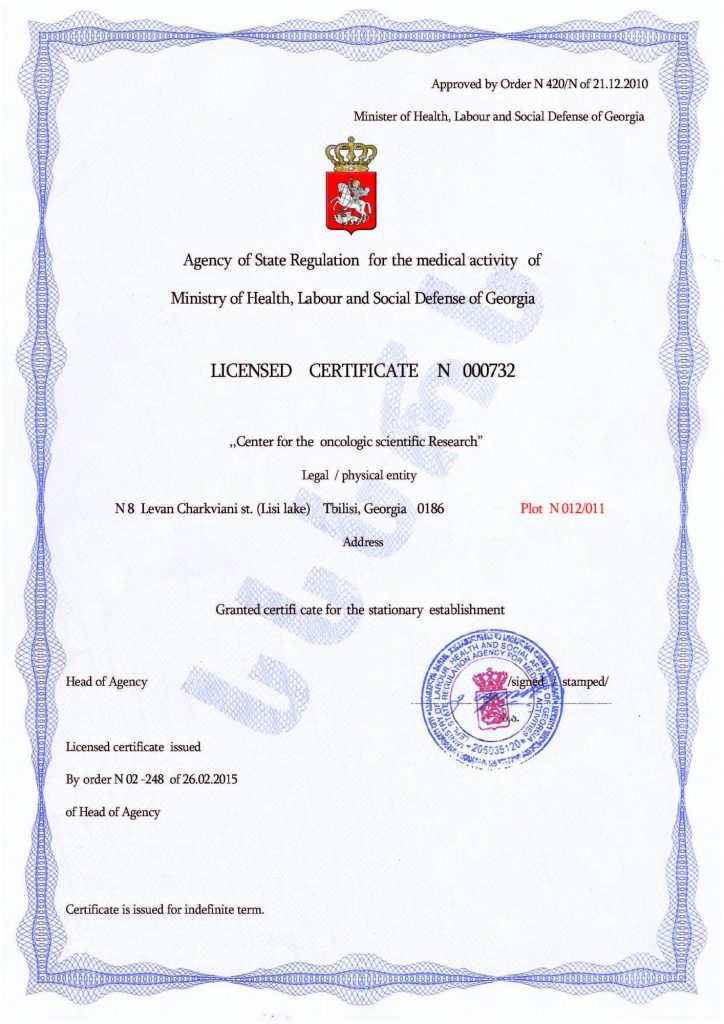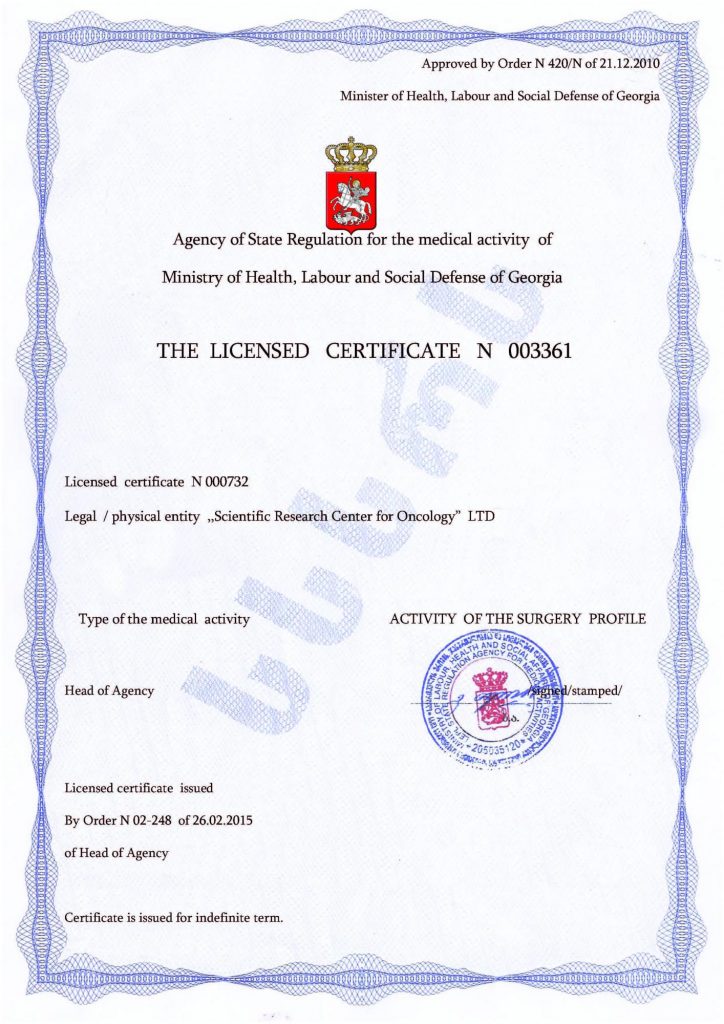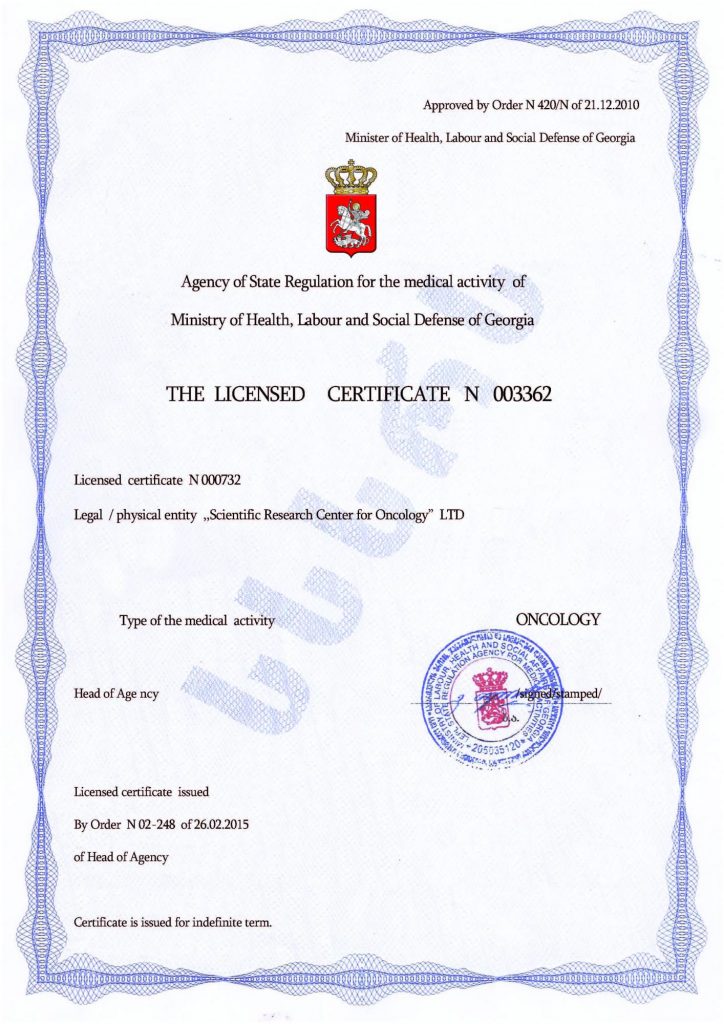Neurological Disorders in Autism
Autism spectrum disorder is itself a neurological dysfunction and involves various neurological disturbances that negatively impact both the overall development of an individual and the formation of social, intellectual, communication, everyday, and behavioral skills.
Autistic children often exhibit combined signs of neurological disorders and ASD. The most common neurological disorders include:
- Impaired motor expressive skills
- Disorders of motor abilities and praxis
- Sleep abnormalities
- Epileptic seizures
- Nervous tics
- Specific perception of the surrounding reality
Low flexibility in psycho-emotional processes and disorders of higher mental functions frequently occur alongside neurological disorders in autism. These functions include speech, spatial comprehension, perceptual-gnostic processes, attention, and memory. Therefore, it is essential to comprehensively consider the entire spectrum of symptomatology during diagnostics. This approach helps ensure an accurate diagnosis and the selection of effective methods of correction.
Often, concomitant neurological disorders in ASD are the result of ignored autistic symptoms. Untreated signs of this pathology worsen over time, leading to new dysfunctions that negatively affect mental and immune health. A child with ASD and neurological disorders often presents as closed, inert, and passive, with visible deviations in motor activity, facial expressions, and behavior. Treatment should be holistic, as the same brain anomalies can “trigger” both neurological and autistic signs.
Other Neurological Disorders in Autism
- Disharmonious and delayed development of motor skills
- Monotonic, rigid mental and motor reactions
- Unusual sensory perception and processing of incoming information by the brain
- Stereotypical behavior
- Increased excitability, motor disinhibition
- Coordination dissonance
- Dyspraxia
- Expressive movements during conversation or physical activity
- Unusual gaming behavior
- Disorders of articulation and functions of the speech apparatus
- Nervous tics
- Epileptic seizures
- Sleep disorders
Treatment of Autism in Children with Neurological Disorders: Therapeutic Innovations
The methods used to normalize the functionality of the nervous system can reduce the signs of disorders, but they do not eliminate the underlying causes. Unfortunately, there is no effective method that can correct the abnormal structure of the brain. However, the Mardaleishvili Medical Centre offers a procedure that brings this goal closer and can significantly impact the course of the disease.
Stem cell transplantation for the correction of childhood autism has been used for decades. Its effectiveness has been practically confirmed during this time, with tens of thousands of parents providing their children with better opportunities for bodily functioning and further personal development.
You, too, can consider cellular treatment for childhood autism spectrum disorder — it could be a turning point toward a healthier future for your child!
Autism Treatment Center Videos
Autism treatment with own stem cells
Cord blood association congress
International Quality Crown
Autism Treatment Reviews
Autism treatment with own stem cells
The story of Alessandro (6 years old)
Autism Patient Testimonial - Stem Cell Treatment
Clients Testimonials

Review by Anastasia, mother of Yusup (8 years old) Read More

Feedback from Nathalie, mother of Andre (9 years old) Read More

Feedback from Yulia, mother of Emily (7 years old) Read More

Feedback by Everita, Katrina’s mother (5 years old) Read More
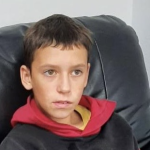
Feedback from Igor, David’s father (12 years old) Read More
